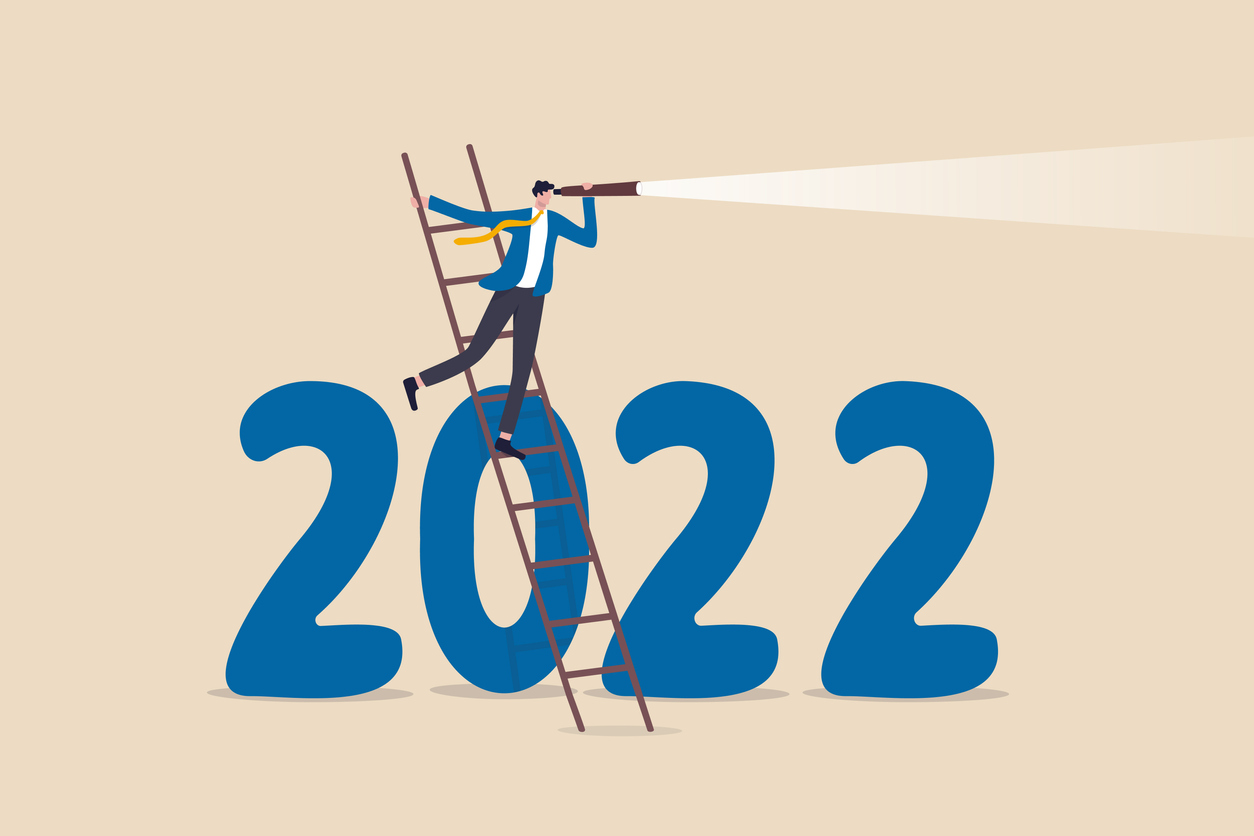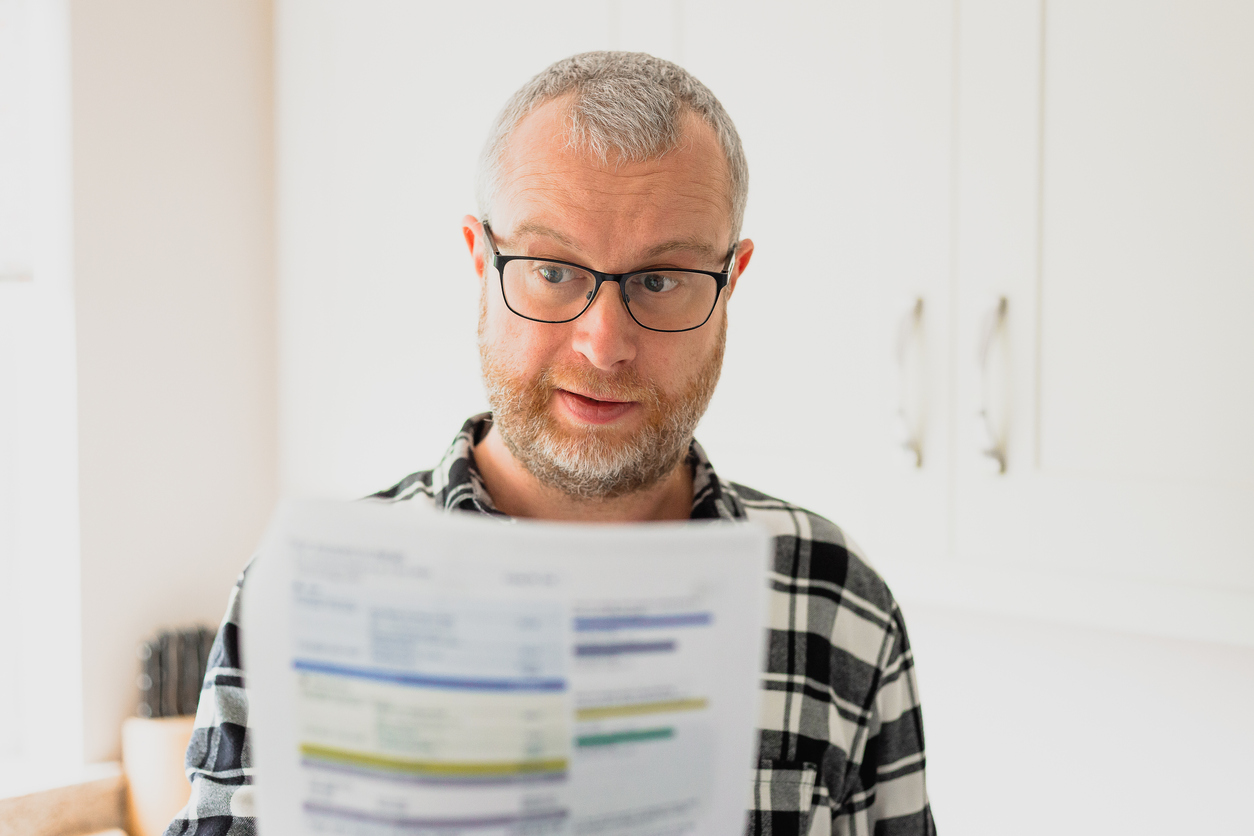
Inflation is the key
Following a very positive year in 2021, investment markets have faced significant challenges over the first six months of this year. Inflationary pressure, that was starting to build following the emergency monetary policies employed by Central Banks at the start of the pandemic, has rapidly increased due to higher energy costs, and increases in the price of food and oil. Much of this is due to the Russian invasion of Ukraine, and the combined impact of sanctions on Russian supplies of energy and lack of exports from Ukraine. Further pressure has been exerted by supply chains, which were damaged by the pandemic, failing to keep up with increased demand, and further lockdowns in China, which have exacerbated the supply side constraints.
To combat higher inflation, central banks in the US and UK have increased interest rates over the course of the year. It is the job of Central Banks to try and navigate a course that reduces inflation (the anticipated consequence of the base rate increases) whilst avoiding recession, which may well arise as consumer confidence falters amidst the higher costs of living. Global economic growth was strong in the second half of last year as economies emerged from the pandemic; however growth is slowing in many Western economies once again, with recession a real possibility in the UK, US and Eurozone.
The latest round of base rate increases saw the Federal Reserve increase rates by 0.75% and the Bank of England by 0.25%. Since December 2021, the Federal Reserve has now increased rates by 1.5% and the Bank of England by 1.15%, and further substantive rate increases are anticipated over coming months.
Bear Market in Equities
Global Equities markets have struggled amidst the higher inflation and slower growth. US markets have already moved into correction territory, with falls in the S&P500 and Nasdaq of over 20%. Despite the market reaction, corporate earnings have continued to hold up well in many sectors, and companies with strong balance sheets and cash flow should be able to navigate through these conditions effectively.
Bond markets have not provided a safe haven, with yields increasing over recent months in anticipation of higher interest rates and persistent inflation. Bond markets have now, in our opinion, priced in much of the expected monetary policy decisions, and now offer investors much better value than they did at the start of the year.
What should investors expect over coming months
Given the weak performance seen so far this year, investors are questioning what they may expect to see during the second half of the year. It is important to bear in mind that stock markets are a discounting mechanism, and as such, have factored in the expected course of interest rates and slowdown in economic growth. The forward guidance provided by central banks, in particular the Federal Reserve, has outlined the expected path of interest rates that we expect to see as we head through the remainder of the year. Without any further surprises seen from economic data over coming months, it is likely that the rate hike cycle may begin to slow as we move towards the end of the year.
It is evident that higher volatility will persist during the remainder of 2022; however, we contend that price action over the course of recent months has already discounted higher interest rates and slower growth to come, and market participants are looking beyond this period, when inflation begins to gravitate back towards stated targets, and central banks can ease off the brake pedal.
In any given market, opportunities will present themselves. We are watching the so-called “Price Earnings Ratio” of the S&P500 index of US shares, which measures the stock price relative to earnings for each component in the index. The forward Price Earnings Ratio now stands below 16, compared to the 10 year average for the index of 16.9 and 25 year average of 16.3. Assuming earnings hold up reasonably well over coming months, equities markets – by this measure at least – offer value over the medium term.
The importance of staying invested
In these difficult conditions, it is important to remember the advantage of staying invested and the risks inherent in trying to time an exit and re-entry to an invested position. Trying to trade these conditions is certainly not advisable for any long term investor. Take the example of an investor in the S&P500 index from March 1990 to April 2022, who would have achieved a return of 10.4% per annum over this period, with all income reinvested. However, by missing the 10 best days over this period, this return would fall to 7.7% per annum, and missing the 30 best days would see the return fall to just 4.5% per annum. It is interesting to note that the 10 best performing days all occurred in 2008-9 and 2020, when markets recovered sharply from heavy falls.
A better second half?
The first half of 2022 has seen investment markets struggle, and whilst it is apparent that the volatile and weak conditions may persist over the near term, we are starting to see real value emerge in a number of areas, including Equities and Bonds.
If you wish to discuss your investments and how they are positioned in these conditions, then please get in touch with one of our experienced advisers here.
The value of investments and the income they produce can fall as well as rise. You may get back less than you invested. Past performance is not a reliable indicator of future performance. Investing in stocks and shares should be regarded as a long term investment and should fit in with your overall attitude to risk and your financial circumstances.





